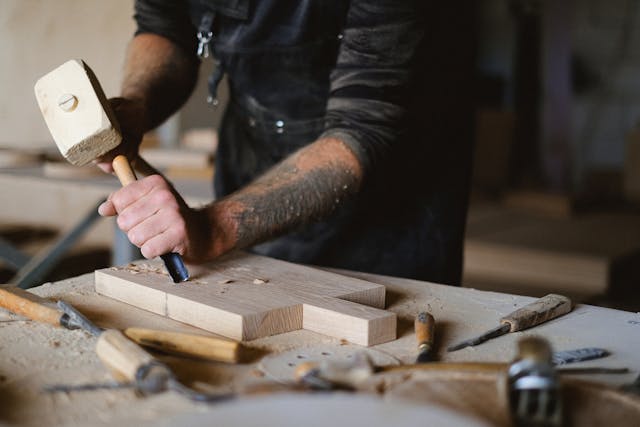
Michigan is stepping up its support for sustainable building by launching a new initiative designed to help developers and builders adopt mass timber in their construction projects. The state Department of Natural Resources unveiled the Michigan Mass Timber Catalyst Program on Oct. 22, highlighting a mix of financial aid and expert support for projects choosing the emerging material.

Under the program, teams in the early planning and design stages can compete for cash awards between $25,000 and $75,000, along with hands-on technical assistance. According to the announcement, eligible applicants include property owners, architects, engineers and developers working on commercial, industrial, public, institutional or multifamily buildings where mass timber plays a key structural or architectural role.
State officials and materials experts say demand for mass timber is accelerating — and Michigan is positioning itself at the forefront. The construction market has increasingly recognized mass timber as a lower-carbon, visually appealing alternative to traditional steel and concrete. Its popularity has grown in sectors such as data centers and high-tech office facilities.
Tech giants have already taken note. Meta has begun incorporating mass timber into its expanding data center footprint to reduce carbon emissions. Amazon made it a signature feature in its HQ2 project in northern Virginia, helping to raise national visibility and confidence in the material.
Michigan sees a major economic opportunity. The forest products industry already contributes more than $26 billion to the state’s economy each year — and expanding mass timber adoption could multiply that impact. Sandra Lupien, director of MassTimber@MSU, leads a statewide research and outreach effort committed to advancing the material’s use in construction and supporting a growing in-state supply chain.
.jpg)
Labor groups are also preparing for a shift in workforce needs. Ironworkers and other skilled trades are training to assemble mass timber components, taking advantage of the similarities to steel erection while learning lighter-weight and precision installation techniques.
Environmental advocates say the benefits extend beyond building performance and aesthetics. “By advancing this technology, we’re not only reducing the carbon footprint of our buildings but also strengthening local economies and reimagining what’s possible for design and construction in our state,” said Cheri Holman, executive director of the Michigan Green Building Collaborative, in the news release.
Selected project teams will become part of a design and development cohort led by MassTimber@MSU and WoodWorks, a national nonprofit focused on mass timber construction. Participants will receive help navigating design optimization, procurement, cost estimating, building code approvals and more — critical hurdles for teams taking on a newer construction method.
Funding for the Catalyst Program originates from a one-time State General Fund allocation to the DNR via Public Act 121 of 2024. Supporters say this early investment can help Michigan quickly scale up and establish itself as a leader in the North American mass timber market.
As the initiative gains traction, officials expect more architects, developers and public agencies to consider mass timber for schools, civic buildings, multifamily projects and corporate campuses. With growing industrial capacity and expanding worker training, the Wolverine State is betting that sustainable construction will become central to its future economy.
Originally reported by Matthew Thibault in Construction Dive.